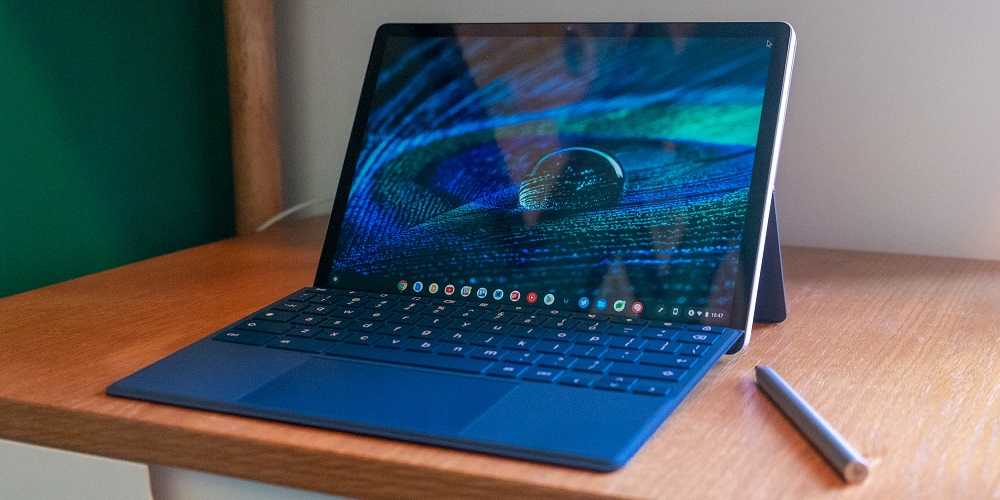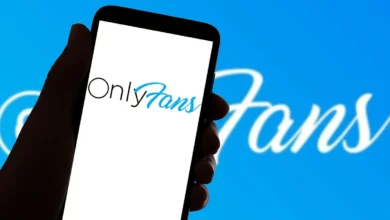
Consider this situation. You are prepared to use your Chromebook, but there is a problem: the screen is black. If you are reading this post, you are presumably familiar with the circumstances described. Your Chromebook may be powerful, but that does not imply you will use it. To fix a Chromebook with a black screen, you first begin diagnosing the problem. Refrain from jumping to conclusions since the problem is simple to fix for most customers. Instead, follow the steps below to learn how to fix your Chromebook’s black screen.
Check Chromebook Power Cord And Charger
Ensure that your Chromebook charger is properly plugged in and constructed as one of the most fundamental steps you can do. For instance, the battery may have died if the Chromebook was not receiving a charge because the plug was not plugged in. No plug, no power. Ensure the charger is properly linked to a functional power outlet and plugged into the Chromebook. Reconnect the charger’s connections and power it back on for optimal results. If the battery is dead, charge it by leaving it plugged in.
Check Screen Brightness
Checking the brightness of your Chromebook’s screen is a second simple task. It is simple to decrease the brightness of your Chromebook’s screen to zero by pressing the brightness key. To ensure that the Chromebook’s brightness level is sufficient, press the Screen brightness key (located above the numbers 8 and 9) until the display’s contents are visible.
Hard Reboot Chromebook
You can try a hard reboot if it does not fix the black screen on a Chromebook.
1 – Connect the Chromebook to a power source, then press and hold the power button for 10 seconds, or until all the lights turn off, to perform a hard reset. The position of the power button varies across Chromebook models; however, it is often either on the side or above the keyboard.
2 – After this, wait a few minutes and press the power button one more to restart the Chromebook.
Disconnect USB Devices
A USB device conflict is not the most prevalent reason for a black screen on a Chromebook, but it can cause issues. If this is the case, it is always worth attempting to remedy the issue by disconnecting all USB devices. First, disconnect any USB devices attached to your Chromebook and try to restart it. Then, if it works, connect USB devices one by one until the problem is identified.
Let Chromebook Cool Down
Well, if your Chromebook has overheated, it will exhibit many issues, including a black screen. If this occurs, unplug your Chromebook and allow it to cool for 30 to 40 minutes on a cool surface. Then, try turning it back on to determine whether overheating was the issue. If it fixes the issue, use your Chromebook in an area with enough ventilation. Keep it in your backpack while it is in operation.
Check Battery
If you see a black screen on your Chromebook, the battery may be the problem. If your Chromebook has a detachable battery, remove and reattach it, ensuring that the connection between the battery and internal connections is secure. Can you only remove the battery from the Chromebook by dismantling it? Next, unplug the power cord and discharge the battery fully. After the Chromebook’s battery is completely depleted, plug in the power cable and allow it to charge for at least 30 minutes to see if it will once again function.
Try Different Chromebook Chargers
If your Chromebook is not charging and the screen remains black, you might try a new charger. This might be an issue because most individuals need a spare Chromebook charger. However, if you do, make that it has a suitable charger and voltage rating. Most modern Chromebooks employ USB Type-C charging cords, which might be advantageous. If you’ve a USB Type-C charger for your phone, you may try using it. Welf your car has a USB Type-C charging connector, you can use a USB Type-C charger, but you’ll need to start the engine to prevent the battery from dying. If everything else fails, contact the Chromebook manufacturer and purchase a replacement power charger for your model.
Reset Chromebook
A Hard Reset is a “last resort” option for resetting your Chromebook’s hardware. This option can fix your Chromebook’s screen troubles, but it may also erase data (such as your downloads folder). Not all Chromebooks are reset using the same method. Some devices feature a specific hard reset button, while others need a paper clip inserted into a reset hole while pushing the power button. Make it to the manufacturer’s support website for precise instructions. To execute a factory reset on a Chromebook:
1 – Disconnect the power charger and power down your Chromebook until it shuts down entirely.
2 – Press and hold the Refresh key (above the 3 and 4 buttons) and then push the Power button.
3 – Continue pressing and holding the Refresh button until Chrome OS loads.
Conclusion:
It might be discouraging when your Chromebook displays a black screen. However, if you follow the preceding steps, you have a decent chance of fixing the problem.








